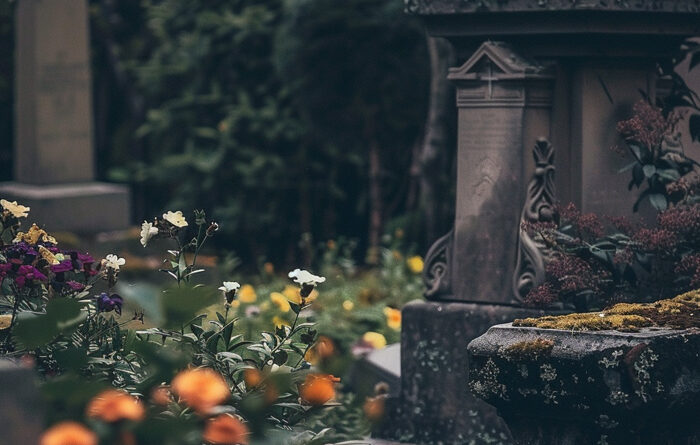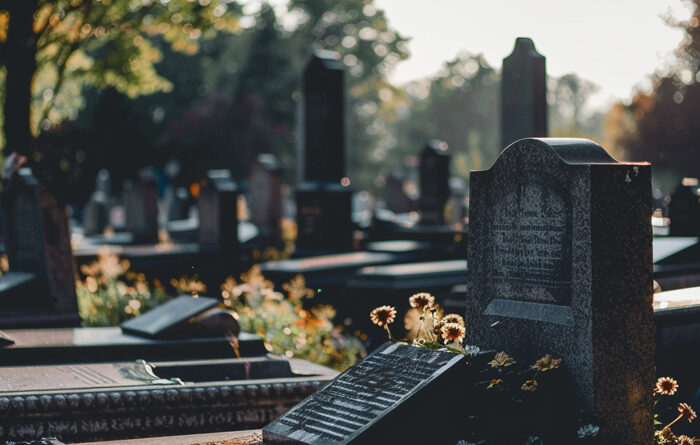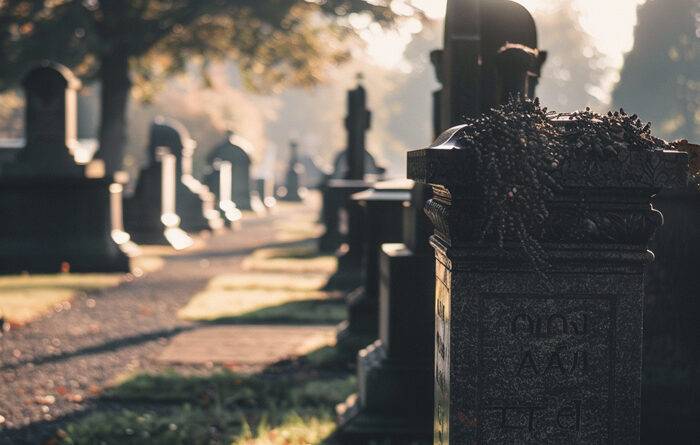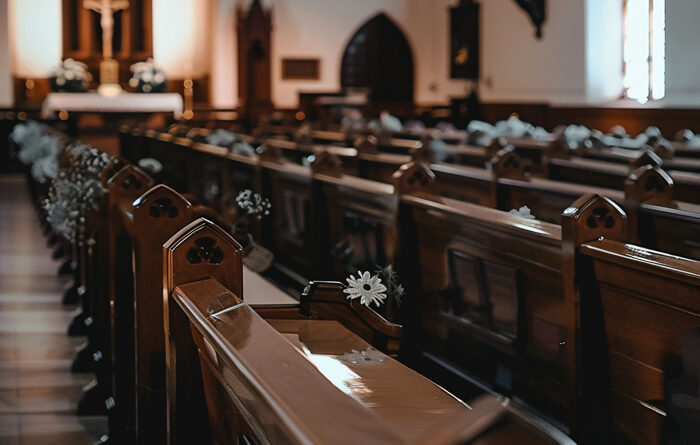
Introduction
Understanding the process of cremation is essential for those who have chosen this method for their final disposition or are exploring this option for loved ones. In Miami, like many other places, cremation is an option that offers a practical and flexible alternative to traditional burial. This guide aims to provide a thorough understanding of the step-by-step process of cremation, offering clarity and comfort during a time that often comes with emotional stress and myriad decisions.
The Pre-Cremation Consultation
Before the actual cremation takes place, families will meet with a funeral director or cremation service provider to discuss the details of the process and make necessary arrangements. This initial step offers families the chance to ask questions and express any final wishes or preferences for their loved one’s cremation. During this meeting, important documents such as the death certificate and cremation authorization forms are prepared and signed. Service providers in Miami acknowledge the significance of this phase and are committed to respecting the wishes of all parties involved.
Transportation and Care of the Deceased
After the consultation, the next step is to transport the body to the cremation facility. In Miami, professionals with experience in handling these matters will transfer the deceased from the place of death to the crematorium with dignity and respect. Here, the body is identified, tagged to prevent any mix-up, and placed into proper refrigeration until the cremation is scheduled to take place. It is important to note that cremations are not typically performed immediately; instead, there is a mandatory waiting period, which can vary by state, to allow for all necessary authorizations to be obtained.
Preparing the Body for Cremation
Preparation for cremation may include removing any items that the deceased may be wearing or that may be in the coffin that are not suitable for cremation, such as jewelry or medical devices with batteries. Additionally, for the dignity and privacy of the deceased, the body is generally placed in a cremation container or casket suitable for the process. Many crematories in Miami will also offer the option for the family to say a final goodbye, conduct a viewing, or even hold a ceremonial service beforehand if desired.
The Cremation Process
Cremation itself is a process that is carried out with respect and precision. The body, enclosed in a combustible container, is placed into a cremation chamber where it is exposed to temperatures between 1400 to 1800 degrees Fahrenheit. The intense heat reduces the body to bone fragments within a couple of hours. These fragments are then cooled and carefully processed into finer ashes or ‘cremains’. The technicians handling the cremains do so with great care and respect, ensuring that the remains are properly identified throughout the entire process.
Handling of Cremated Remains
Once the cremation process is complete, the remains are collected and placed in a container or an urn chosen by the family. In Miami, families have a wide array of options to honor their loved ones with various urn styles and materials that reflect personal tastes or the wishes of the deceased. The cremated remains can then be kept with family members, interred in a cemetery plot, placed within a columbarium niche, or even scattered in a location that held special significance to the deceased, all in accordance with local laws and regulations.
Post-Cremation Options and Memorialization
After cremation, families can choose how to memorialize their loved one in a way that pays homage to their life and legacy. Miami offers plenty of creative and meaningful ways to remember the deceased, including memorial services, planting a memorial tree, or creating memorial jewelry with a portion of the ashes. These gestures can play an important role in the grieving process, offering a tangible connection to the memory of the loved one.
Legal and Environmental Considerations
Throughout the cremation process, legal protocols are strictly followed, including the filing of all necessary paperwork and adherence to environmental regulations. Crematories in Miami operate with stringent standards to minimize their environmental impact and follow all guidelines for emissions. Families can be reassured that the process is managed in a way that remains consistent with both respect for the deceased and responsibility to the community.
Conclusion
The journey through the cremation process is a sequence of careful steps, carried out by professionals dedicated to serving families during times of loss. From the preliminary consultation to the final act of memorialization, each aspect is conducted with deep respect and careful oversight. In Miami, as in many other locations, the choice of cremation is met with a comprehensive and dignified service that reflects the personal wishes of the deceased and their loved ones. By demystifying the process and highlighting the careful attention given to every detail, the hope is to provide solace and understanding to those facing the loss of a loved one. As cremation continues to be a preferred choice for many, the commitment of industry professionals to provide a smooth and respectful experience remains paramount.

What is the first step in the cremation process?
The first step in the cremation process is obtaining all necessary legal permissions, which include the completion of a death certificate and a cremation authorization form, usually signed by the next of kin.
How long does the actual cremation take?
The duration of the actual cremation process can vary, but it generally takes between 1 to 3 hours for an average-sized adult body to be reduced to bone fragments, depending on the body’s weight and the crematorium’s efficiency.
What happens to the remains after cremation?
After cremation, the bone fragments are cooled and then processed into a finer consistency. They are placed into a temporary container or an urn chosen by the family. The remains can then be kept, buried, or scattered according to the wishes of the deceased or their family members.




